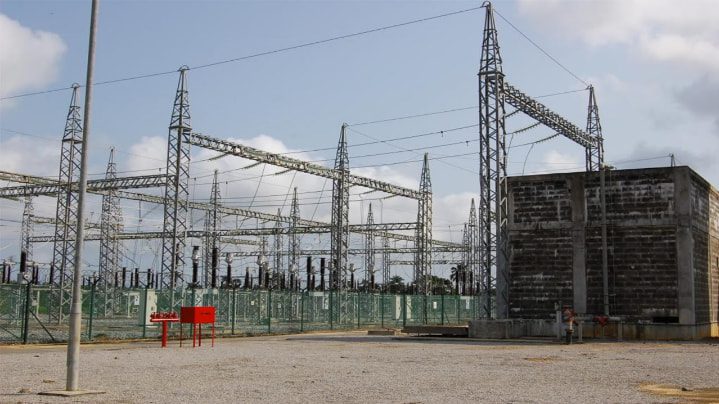Nigeria
FG explains reasons for not increasing electricity tariff at the moment

Industry players have called for a cost-reflective tariff, but the Federal Government (FG) stated on Wednesday that the nation’s current economic problems prevent it from approving a tariff rise.
Under the Multi-Year Tariff Order (MYTO) process, tariffs may be reviewed every two years taking inflation, interest rates, and foreign exchange into account. Major reviews, on the other hand, take place every five years after stakeholders have examined all of the inputs.
The Nigerian Electricity Regulatory Commission received an application for a rate review from the Distribution Companies (DisCos) in July 2023 as a result of their attempts to raise tariffs (NERC).
However, Chief Adebayo Adelabu, the Minister of Power, stated at a Wednesday interactive session with journalists in Abuja that although the government should have raised tariffs—which are a significant contributing factor to the liquidity challenge—this was shelved.
According to him, if the review is accepted, Nigerians will pay double of the existing rate.
READ ALSO: FG warns: US about potential negative impact of travel advisory on foreign investment in Nigeria
“I never said it wasn’t time to apply a cost-reflective tariff; rather, I stated that since it provides liquidity to the system, it should have been done months ago. However, we are unable to place an additional burden on Nigerians out of political considerations and compassion.
Although it is not politically advantageous to impose a tariff that is more than twice as high as the current one, he added, “I don’t think we can do so for political expediency right now.”
The Minister emphasised that “there will be lots of sensitization and communication with the general public and we must ensure that there is an assured increment in power supply” before it approves a pricing rise.
Adelabu, meantime, declared that the 700 megawatt Zungeru hydroelectric facility will start up by the end of December.
Declaring that the project was finished, he said, “The infrastructure we have there can only generate 300 megawatts; the only thing left is just to complete the rest of the evacuation infrastructure so that the entire 700 megawatt being generated can be evacuated into the transmission as it is today.”
